Ingredients:Berberis vulgaris L / Rosa centifolia (Rosa damascene) /Bambusa arundinacea wild syn:Arundo bambos / Cucumis colocynthis / Cucumis sativus/ Portulaca oleracea L / Acacia Senegal / ApisMelliferamellifica.
Active Ingredients: hydrochloric acid, acid citric acid, malic acid, alkaloids (Berberine - Berbamin - oxyacanthine), tannins, essential oils (keton - Oleoptene - Stearopene - Geraniol) saponin, proteaslicylic acid enzyme (Vitamin C), Protease TtypsinI Magnesium, Fe, Al, Mn, Ca, K, Na, salicylic acid, bitter glycosid.resin.chelidonic acid.Pectinic.chelidonic acidresin
Indications: To strengthen the liver, to reduce fatty liver enzymes and liver failure, regulate liver enzymes and regulate the body's bile, supportive treatment in chronic liver and cirrhosis, acute and chronic hepatitis, reduce the toxic effects of drugs
Dosage and administration: Take 2 tablets every 8 hours. In severe cases of the disease, the dose can be increased to 3 every 8 hours to achieve the desired result
Side effects:No specific side effects have been reported.
Recommended tips: It should not be used for more than 5 days in a row.In acute and severe cases of the disease, the dosage can be increased to 3 tablets every 8 hours to obtain the desired result
Contraindications and precautions:Pregnant women. have no antagonistic effects with oral or topical chemicals.
Pharmacological effects and mechanism of action MOA: Barberry is the most important component of the product. Studies have shown that barberry has numerous healing properties, including protection of the liver and blood sugar, and can be used as a medicinal plant to treat a variety of injuries such as liver disease, gallbladder pain and gallstones. Barberry root is a type of laxative that opens the hepatic duct and cystic ducts. Crude barberry extract and its effective alkaloid (berberine) have good effects in suppressing lipid peroxidation in liver cells, which offers a promising combination in the treatment of hepatic oxidative stress. barberry reduces lipogenesis and inhibit the effects of lipid peroxidation. Therefore, we conclude that barberry is used as an antioxidant supplement in diseases such as diabetes, liver disease and atherosclerosis as a prevention or treatment. Berberine is the main active alkaloid with the structure of atherosclerotic hydroxychinoline, which is found in all parts of the plant, especially the roots. The amount of berberine in the fruit is about 7.5 to 7.7 percent. Berberine is not toxic in the doses used in clinical trials and has no toxic effects or mutations or side effects. Berberine can improve liver function and bile secretion and reduce LDL. Due to the antioxidant properties of the extract. And its effects on the activity of liver enzymes, can be used to improve the function of liver enzymes from plant extract Other polyphenolic compounds in barberry and other components of the product are important antioxidants. These compounds, especially flavonoids, also have a protective effect on the liver against damage caused by free radicals and toxins in the liver. With the opening properties of the ducts,
Pharmacological effect of this product from the perspective of traditional medicine: This product, as the best bile digestion, can soften the mentioned sputum and prevent the formation of sputum (bad and rotten mixtures resulting from mixing bile with soda and the formation of burnt bile and mixtures resulting from burning bile and the formation of burnt bile or pure soda and Or prevent abnormal bile from bile mixing with phlegm and the formation of phlegm bile ) and the development of functional diseases, such as facial pimples of the Gavresi type, Ozima, cyst, fever, etc. If rotten impurities are formed, it is able to strengthen the four forces of the liver, support the process of production and separation of impurities in the liver and send a lot of bile to the gallbladder and normalize bile with blood in the body.
References: 1-The canon of Medicine-Book 5- AVICENNA 2-GUYTON & HALL- Textbook of Medical physiology 3-pmc/A quick overview on some aspects of endocrinological and therapeutic effects of Berberis vulgaris L

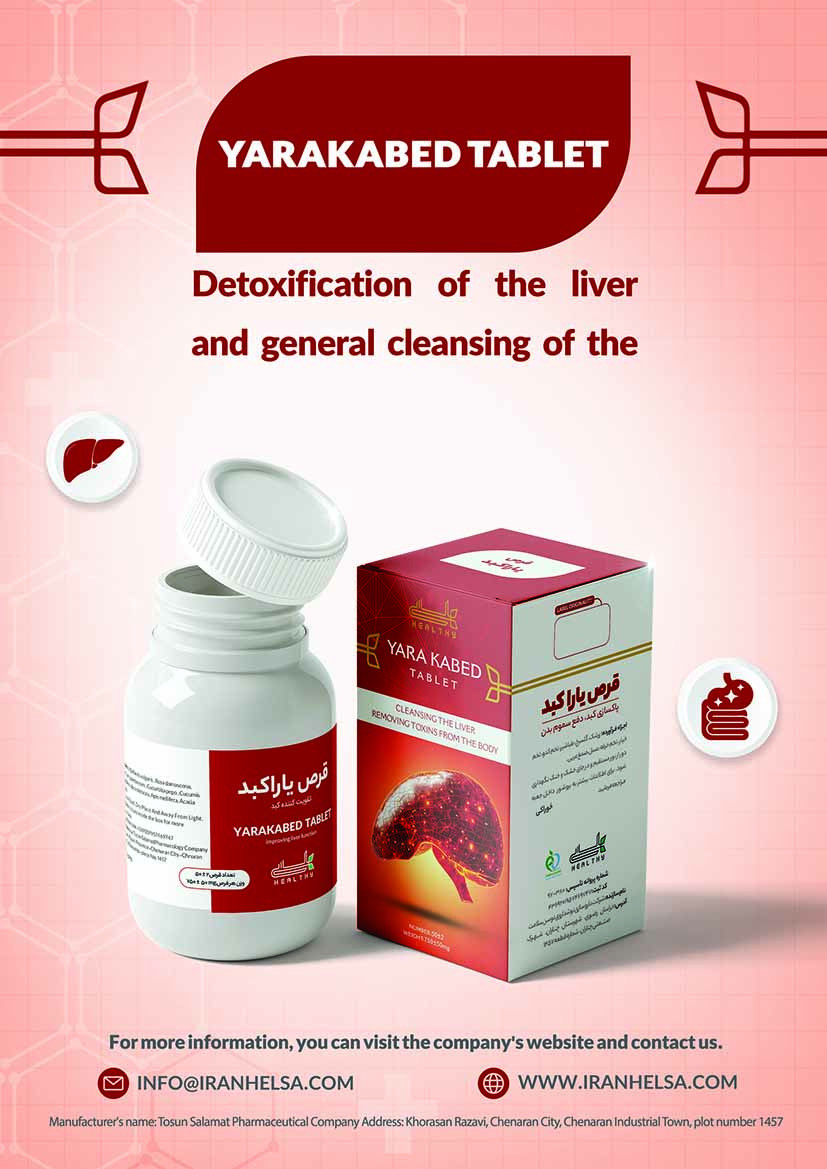
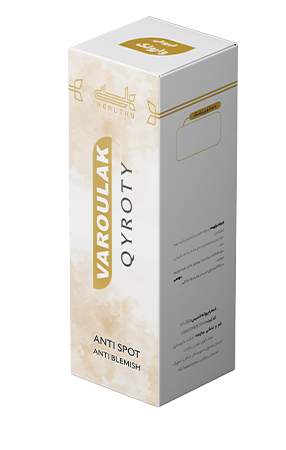
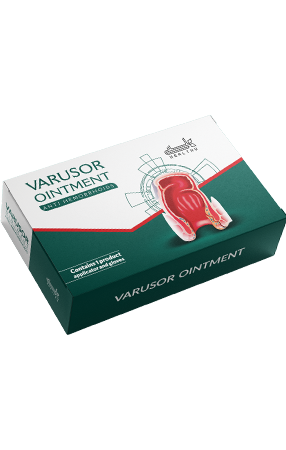
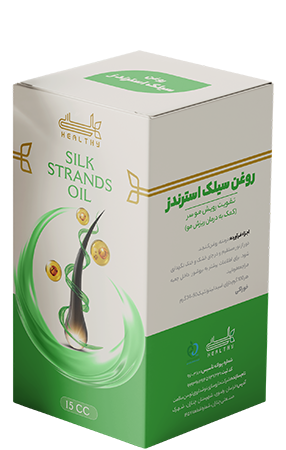
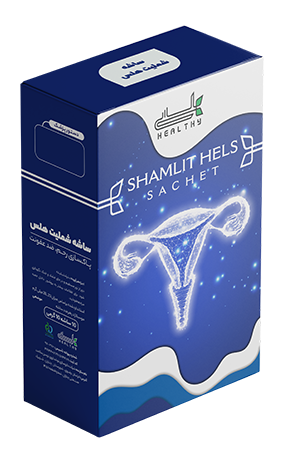
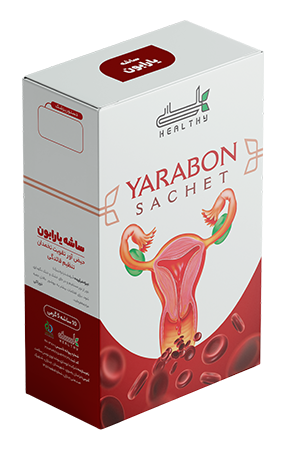

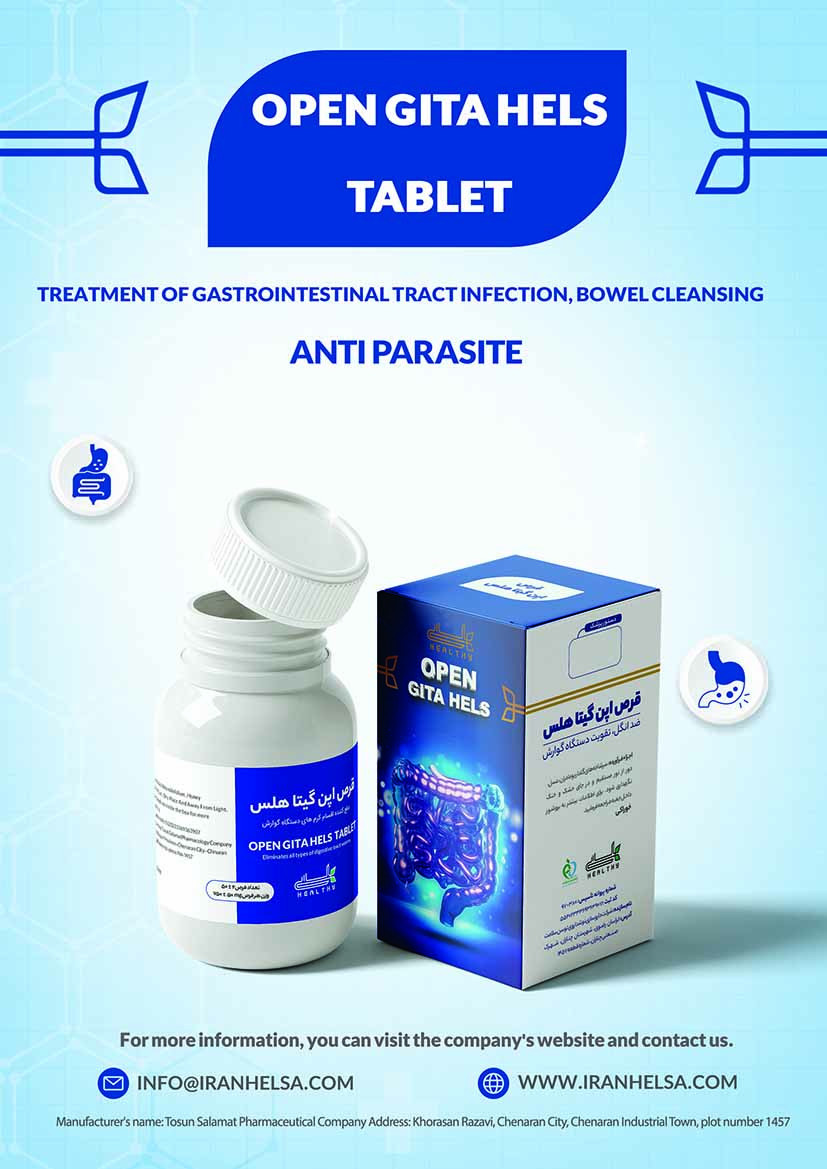
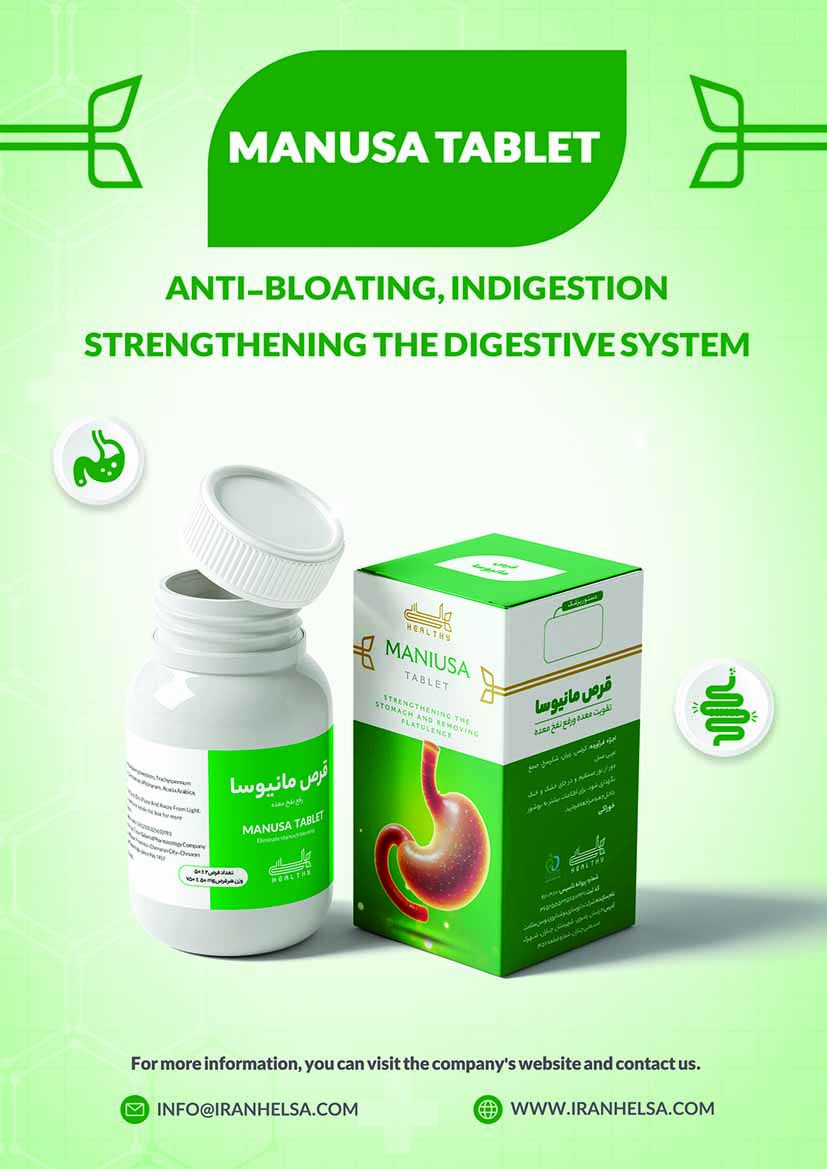
User comments